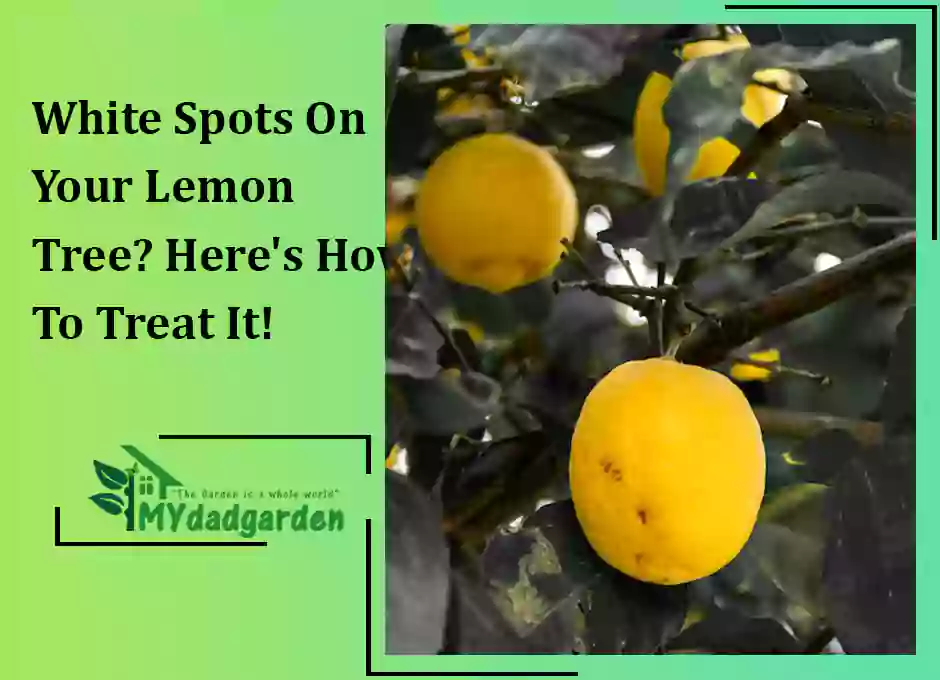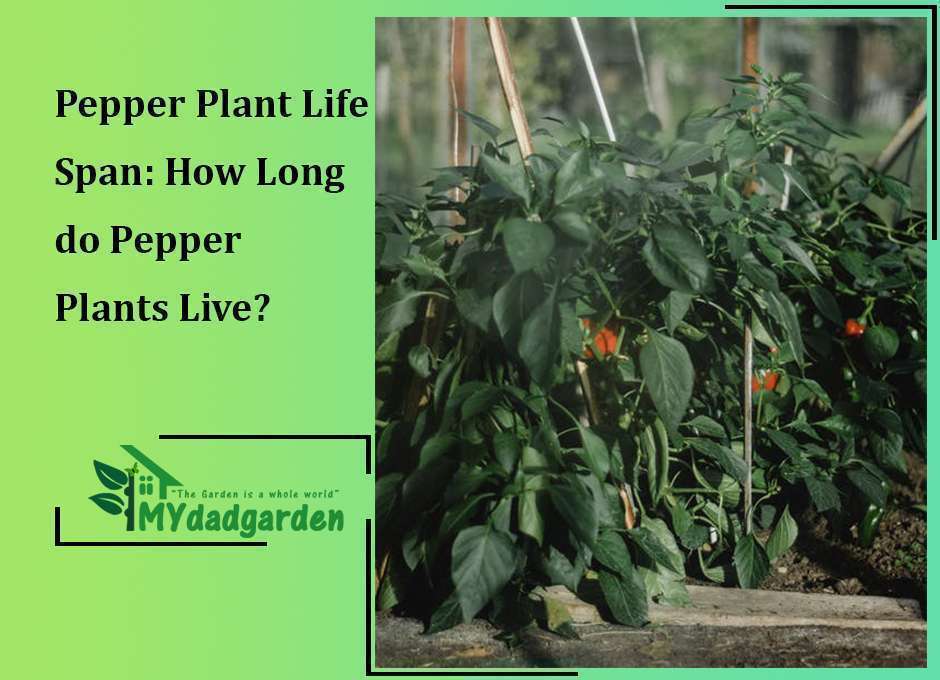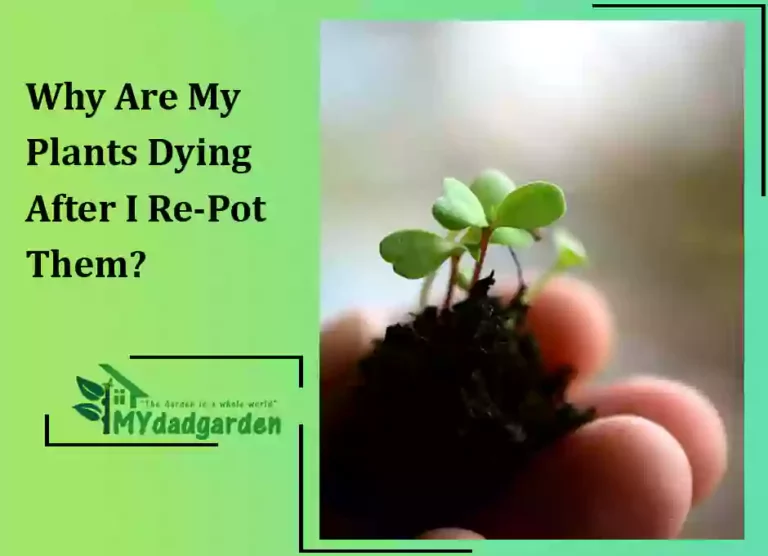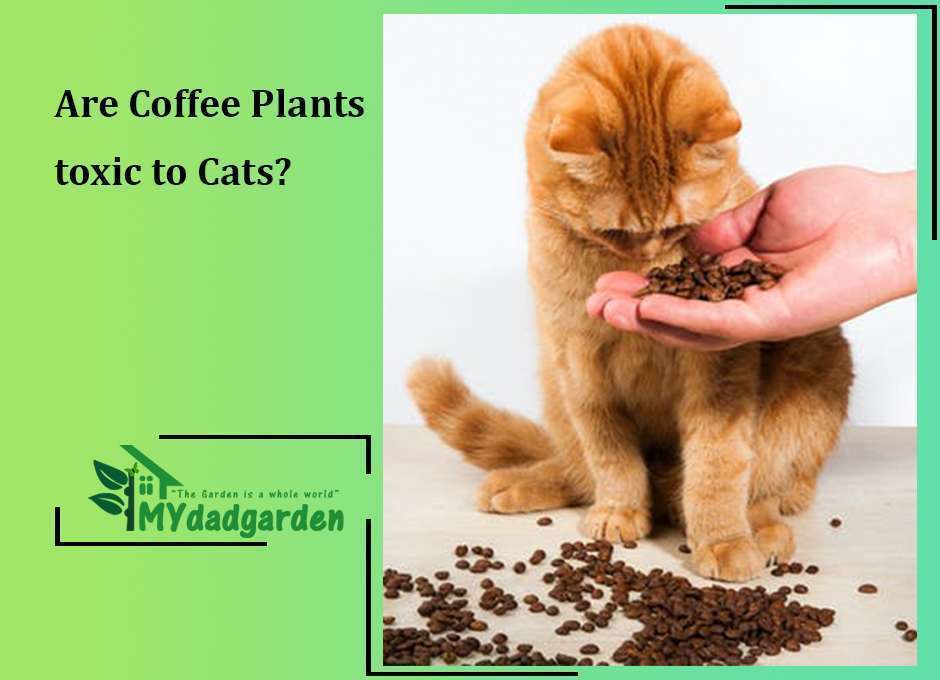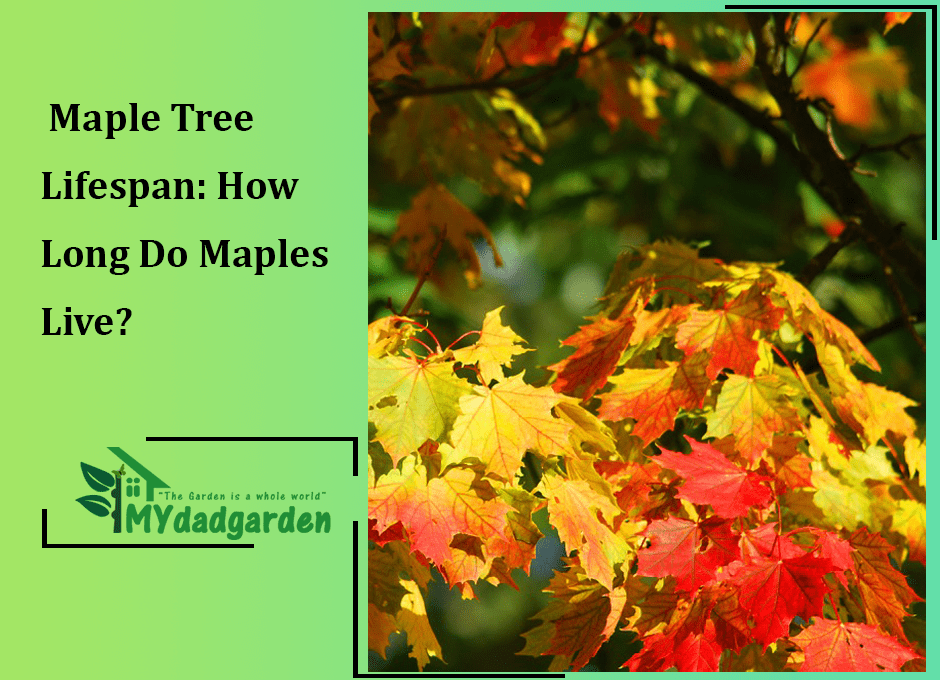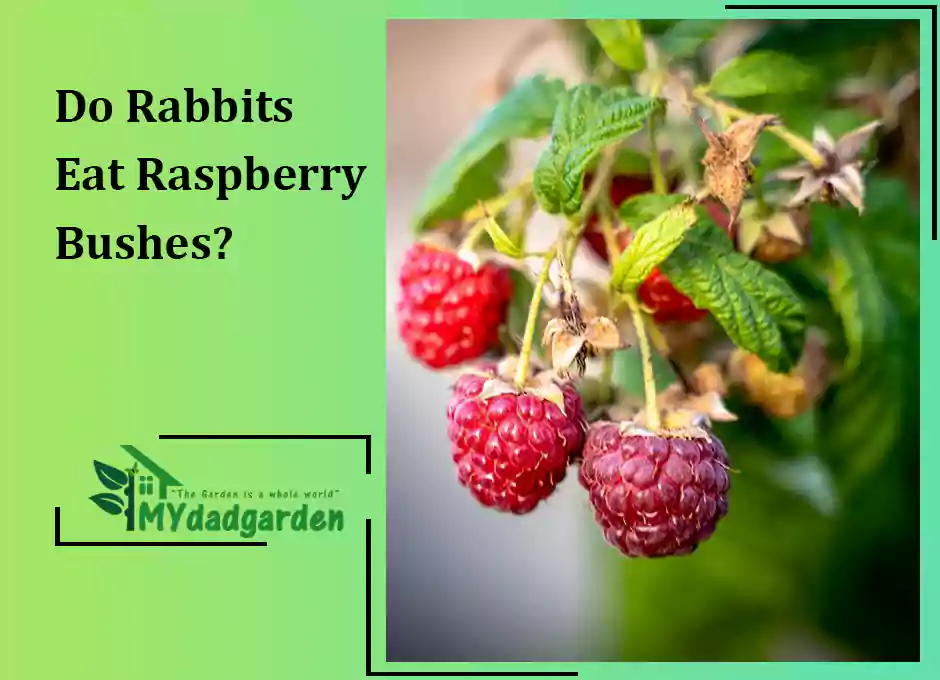White Spots On Your Lemon Tree? Here’s How To Treat It!
White spots on lemon leaves can be alarming, but don’t worry – they’re not caused by a disease and are easy to treat.
If you’ve been enjoying lemons’ delicious and refreshing taste lately, but have noticed some white spots on the leaves, don’t worry – you’re not alone! Many lemon tree owners find themselves in this same situation.
This blog post will tell you what causes these white spots and how to treat them. Keep reading for more information.
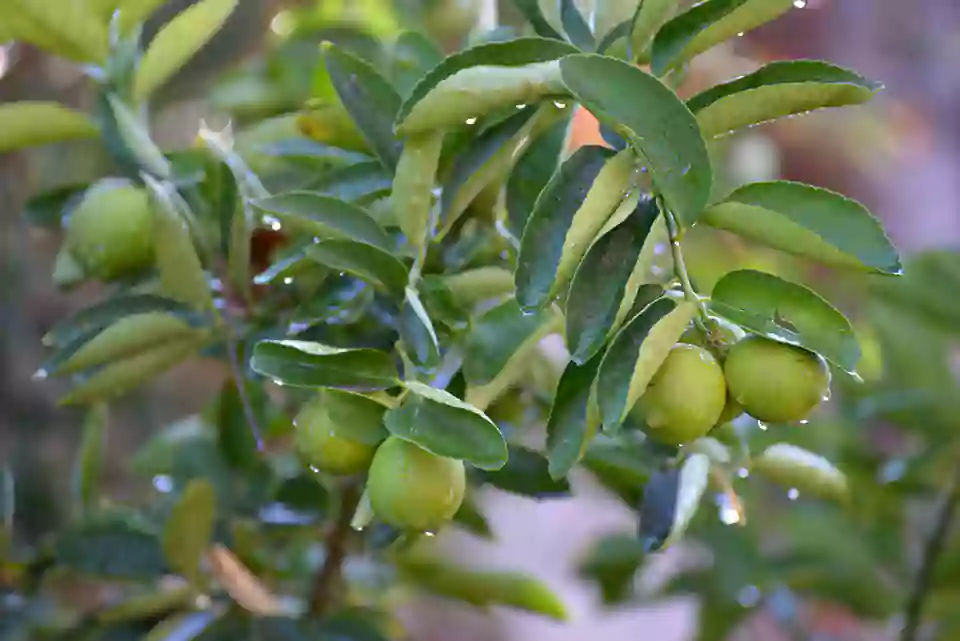
Table of Contents
White Spots On Lemon Tree Leaves- Causes
Are you a gardener with a lemon tree that has developed white spots on its leaves? If so, you may be wondering what is causing the problem. Let’s dive in to find the reasons behind those white spots.
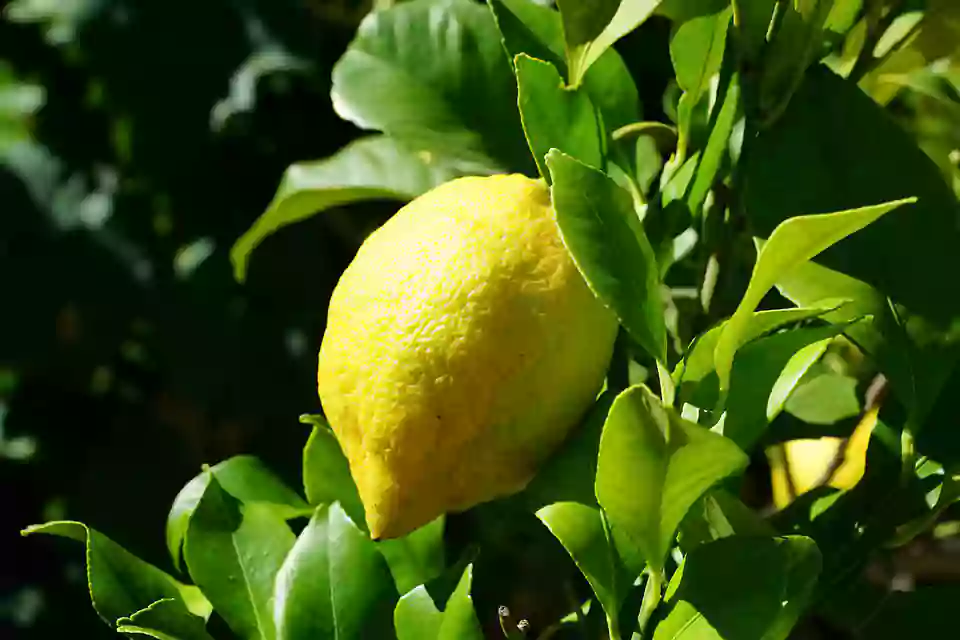
Cottony Cushion Scale
The cottony cushion scale is one potential cause of white spots on lemon tree leaves. This is a type of insect that feeds on the sap of plants. The female cottony cushion scale produces a white, waxy substance that covers the tree body and acts as a protective barrier. This substance can also transfer to the plant’s leaves, causing white spots. You can use an insecticide or hire an exterminator to get rid of the cottony cushion scale.
Powdery Mildew
Another potential cause of white spots on lemon tree leaves is powdery mildew. Powdery mildew is a type of fungus that affects many types of plants, including lemon trees. The fungus grows on the leaves’ surface and produces a white powder. You can use a fungicide or hire an exterminator to get rid of powdery mildew.
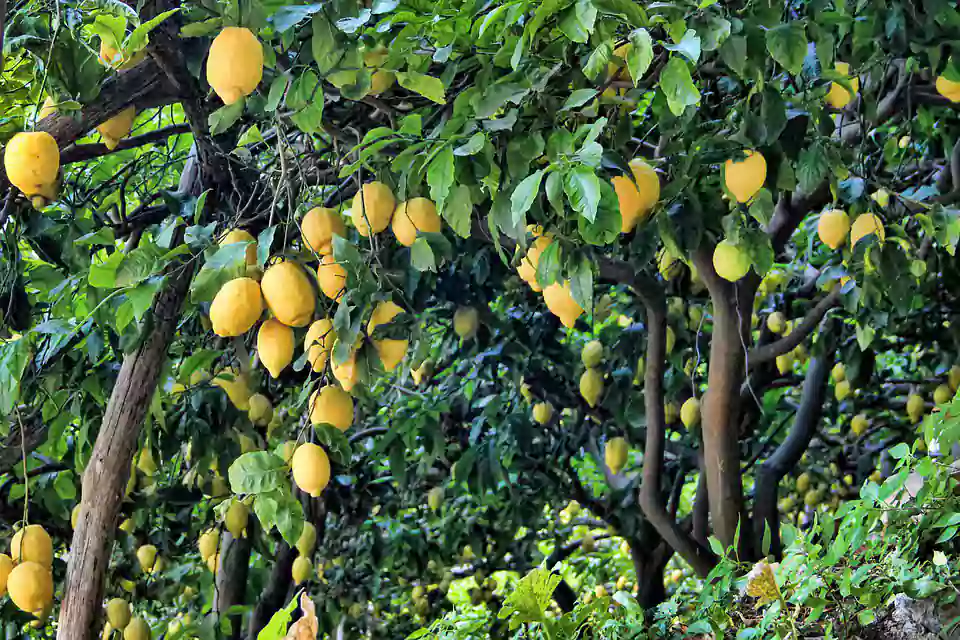
Whiteflies
Another potential cause of white spots on lemon tree leaves is whiteflies. Whiteflies are small flying insects that feed on the sap of plants. They are usually white with yellow stripes or spots. You can use an insecticide or hire an exterminator to get rid of whiteflies.
Citrus Cankers
Another potential cause of white spots on lemon tree leaves is citrus cankers. Citrus cankers are caused by a bacteria called Xanthomonas citri subspiralis. This bacteria infects the branches and leaves of citrus trees, causing them to develop raised bumps or lesions.
The bumps eventually rupture and ooze out a sticky substance that dries into crusty scabs. The scabs are usually black in color but can also be brown, red, or tan. Hire an arborist or tree surgeon to remove the infected branches and leaves from your lemon tree to get rid of citrus cankers. Uprooting the entire tree may also be necessary in some cases.
There are several potential causes of white spots on lemon tree leaves. In most cases, the solution is to use an insecticide or fungicide. However, in some cases, such as with citrus cankers, you may need to hire an arborist or tree surgeon to remove the infected branches and leaves from your lemon tree. Uprooting the entire tree may also be necessary in some cases.
Read along to find the best cures for the white spots on your lemon tree leaves.
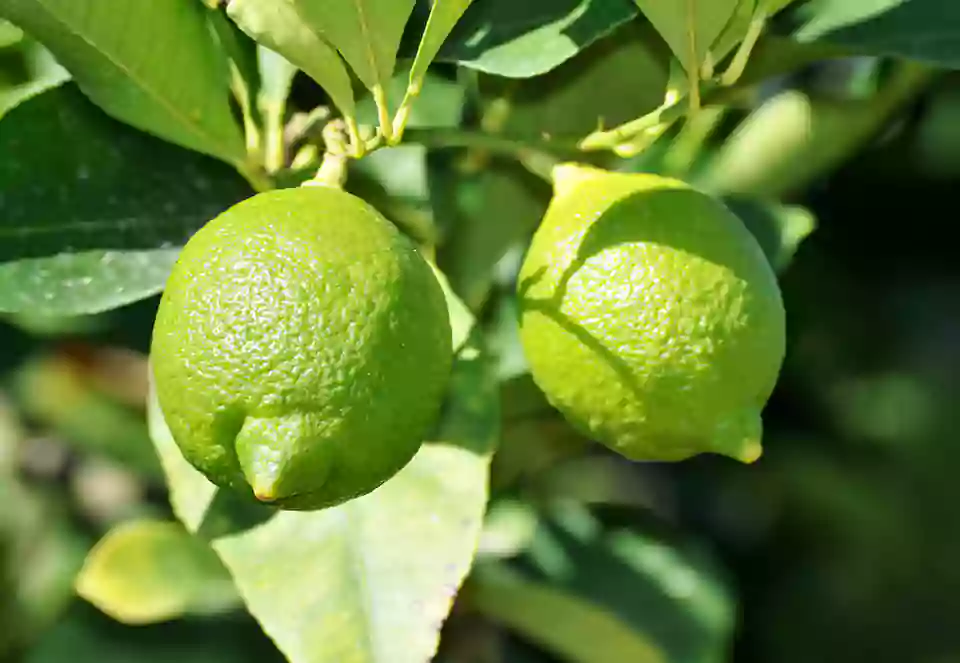
How To Treat White Spots On Lemon Tree Leaves?
While a lemon tree with white spots on its leaves can be unsightly, the good news is that this condition is not deadly to the tree and can be easily treated. The most common cause of white spots on lemon tree leaves is a fungal disease called powdery mildew.
This disease is caused by a lack of air circulation around the leaves, which creates the perfect environment for fungus to thrive. Read on to learn more about how to treat powdery mildew on your lemon tree.
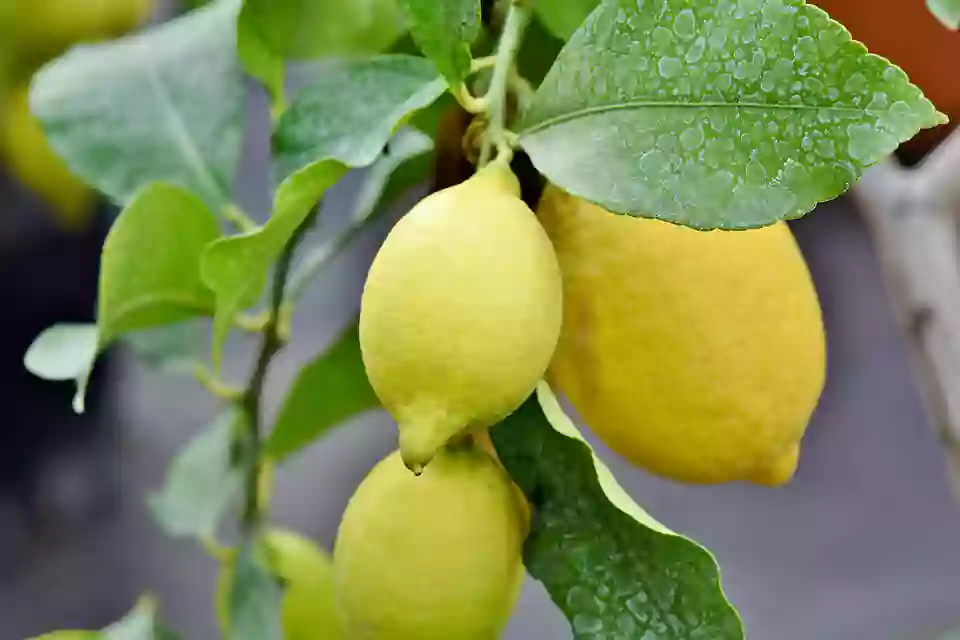
Treating Powdery Mildew on Lemon Trees
Powdery mildew is best treated with a fungicide that contains either sulfur or neem oil. These fungicides can be found at most hardware stores or garden centers.
To apply the fungicide, mix it according to the instructions on the label and then apply it evenly to the affected leaves using a garden sprayer. You will need to reapply the fungicide every 7-10 days until the powdery mildew has disappeared.
In addition to treating your lemon tree with fungicide, you can also help prevent powdery mildew from occurring in the first place by increasing air circulation around the leaves.
This can be done by pruning any branches touching the ground and spacing your lemon trees further apart if they are planted close together. Lastly, ensure to water your lemon trees at their base rather than above, as this will help keep the leaves dry and less susceptible to fungus growth.
By following these tips, you can easily get rid of powdery mildew on your lemon trees and prevent it from coming back in the future.
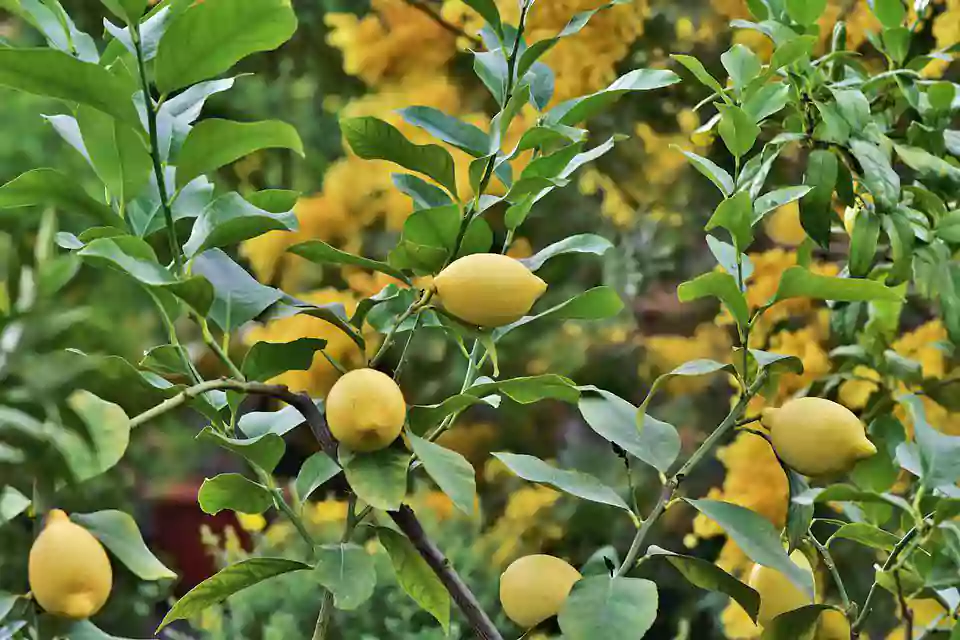
Black Spots on Meyer Lemon Tree Leaves – Don’t Panic!
If you notice black spots on your Meyer lemon tree leaves, don’t panic! In most cases, this is simply a sign of leaf spot disease caused by a fungus. While leaf spot disease can cause the leaves to turn yellow and drop off, it is not fatal to the tree.
The best way to treat leaf spot disease is to remove and dispose of any affected leaves. You can also spray the tree with a fungicide to help prevent future outbreaks. With proper care, your Meyer lemon tree should soon return to its healthy self.
What Is Leaf Spot Disease?
Leaf spot disease is caused by a fungus that affects Meyer lemon trees. The fungus creates black spots on the tree’s leaves, eventually leading to the leaves turning yellow and dropping off. While leaf spot disease is unsightly, it is not fatal to the tree. With proper care, your Meyer lemon tree will soon return to its healthy self.
How To Treat Leaf Spot Disease?
The best way to treat leaf spot disease is to remove and dispose of any affected leaves. You can also spray the tree with a fungicide to help prevent future outbreaks. Be sure to follow the directions on the fungicide label carefully. With proper care, your Meyer lemon tree should soon return to its healthy self.
If you notice black spots on your Meyer lemon tree leaves, don’t panic! In most cases, this is simply a sign of leaf spot disease caused by a fungus. While leaf spot disease can cause the leaves to turn yellow and drop off, it is not fatal to the tree.
The best way to treat leaf spot disease is to remove and dispose of any affected leaves. You can also spray the tree with a fungicide to help prevent future outbreaks. With proper care, your Meyer lemon tree should soon return to its healthy self.
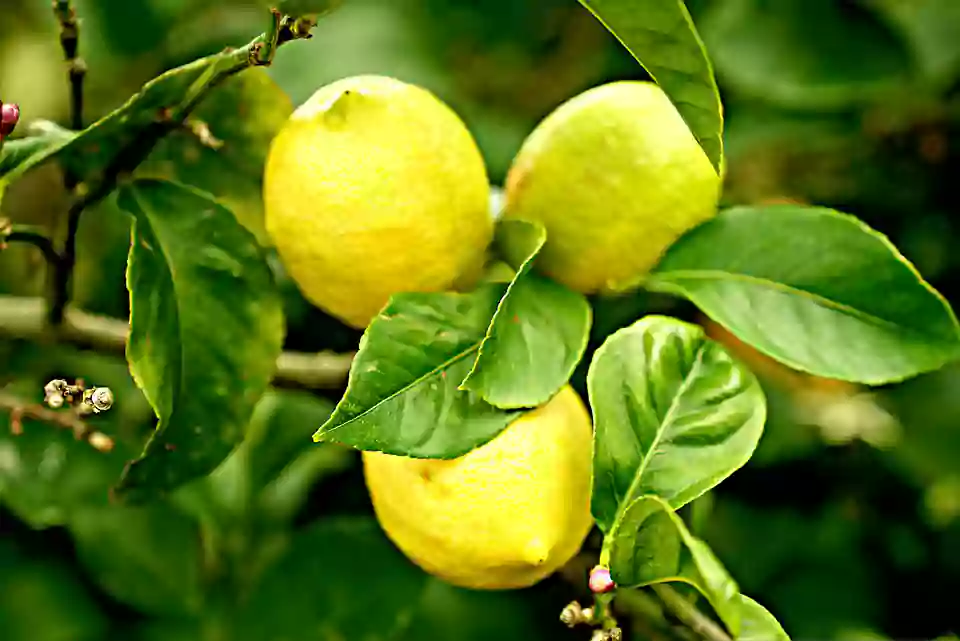
Why You Might See Yellow Spots on Lemon Tree Leaves-How to Fix Them?
If you have a lemon tree, you probably know they’re pretty finicky. One of the most common problems lemon tree owners face is yellowing leaves. Yellowing leaves are usually caused by a lack of nutrients, which can often be remedied with a simple fertilizer. But before you head to the store to buy fertilizer, there’s one important step you need to take first.
Before applying any fertilizer, it’s important to test the soil to see what nutrients it lacks. You can usually find soil test kits at your local nursery or gardening store. Once you know what nutrients your lemon tree needs, you can choose a fertilizer to provide them. If you’re unsure how to apply the fertilizer, ask a staff member at the nursery for advice.
In some cases, yellowing leaves can also be caused by disease or pests. If you think this might be the case, it’s best to consult a professional who can help you diagnose the problem and develop a treatment plan.
Yellowing leaves on your lemon tree can be frustrating, but they’re usually easy to fix. By testing your soil and applying the appropriate fertilizer, you should see a change in the color of your leaves within a few weeks.
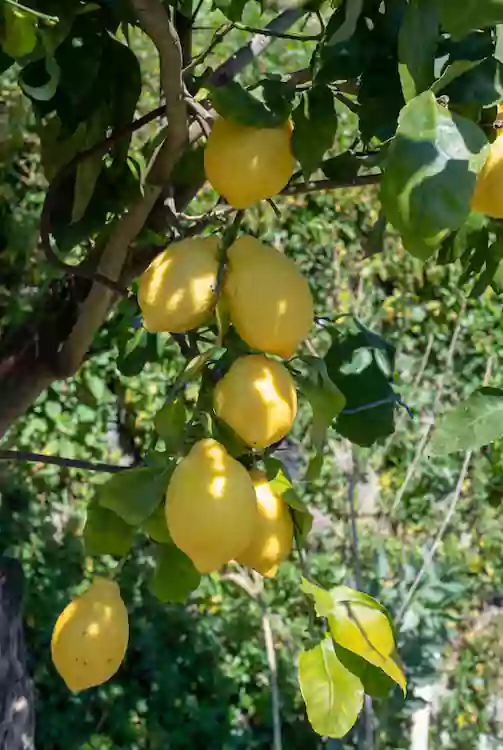
FAQ
What do you spray lemon trees with?
Use about a cup of ordinary cooking oil, half a cup of water and a tiny amount of ordinary washing-up detergent. This will work as an effective insecticide and help clean the leaves of your lemon tree, giving it a shiny appearance. Mix the ingredients well before spraying and apply the mixture evenly over the entire tree. For best results, repeat this process every few weeks.
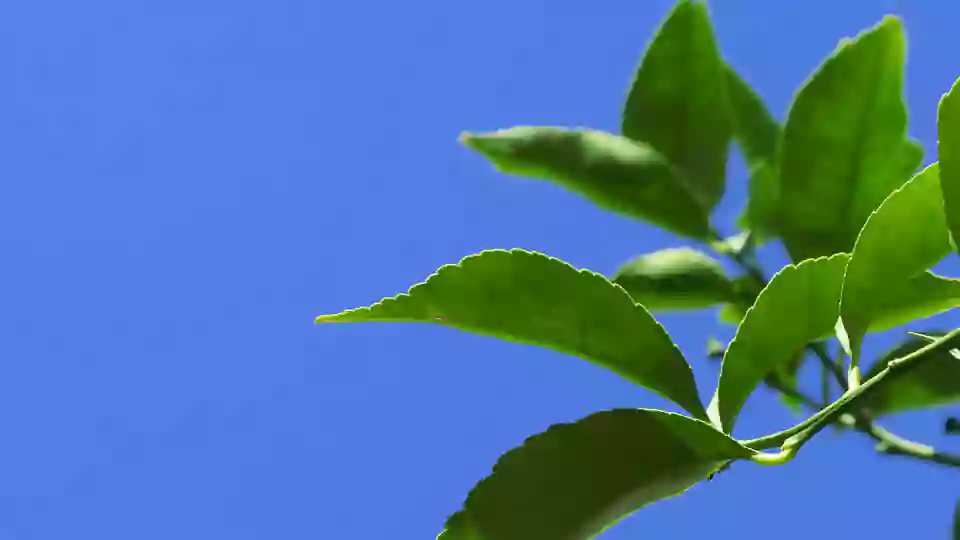
Can you spray vinegar on citrus trees?
Vinegar can be used as a spray on citrus trees. To make the spray, mix 1 gallon of 10 percent vinegar with 1-ounce orange oil, 1 tbsp. Molasses and 1 tsp. Dish soap. Do not add water. This mixture can be sprayed on the leaves and trunk of the tree. Vinegar is acidic and can damage the tree if not used properly, so be sure to test a small area first and only use it as directed.
Previous Article: Is Peat Moss Good For Pepper Plants?

